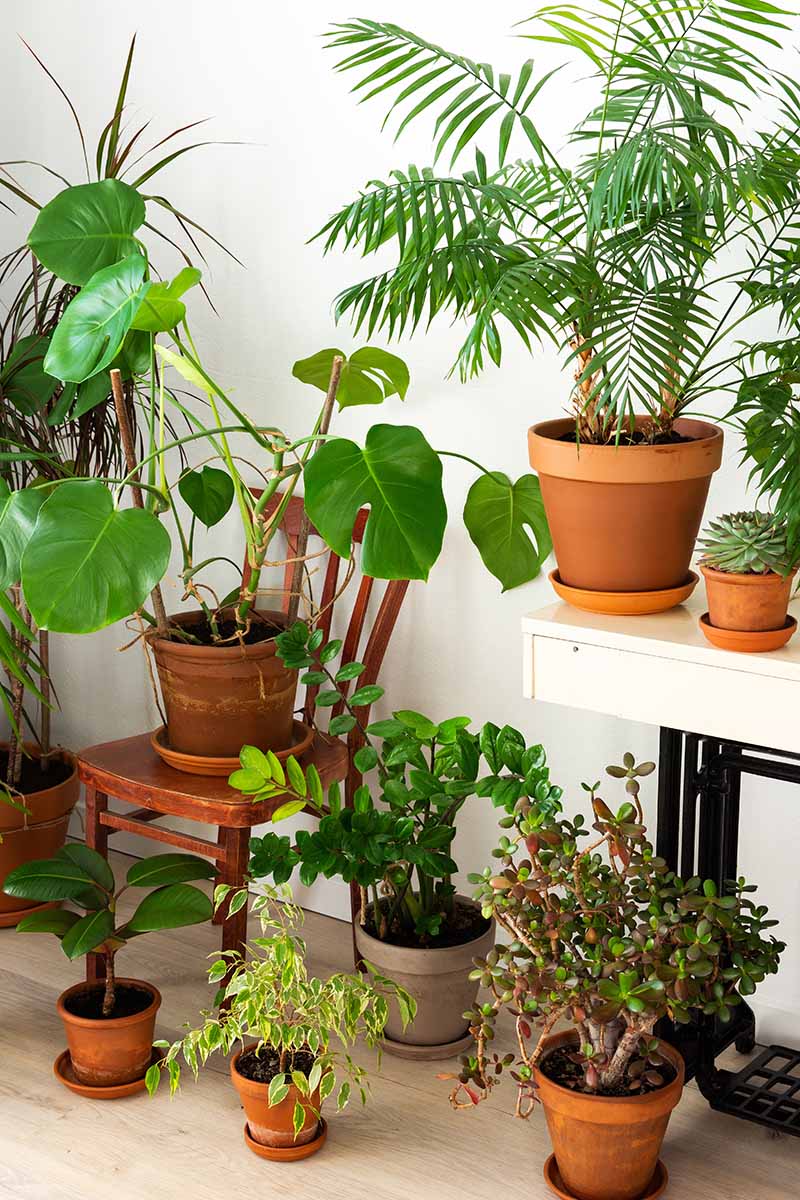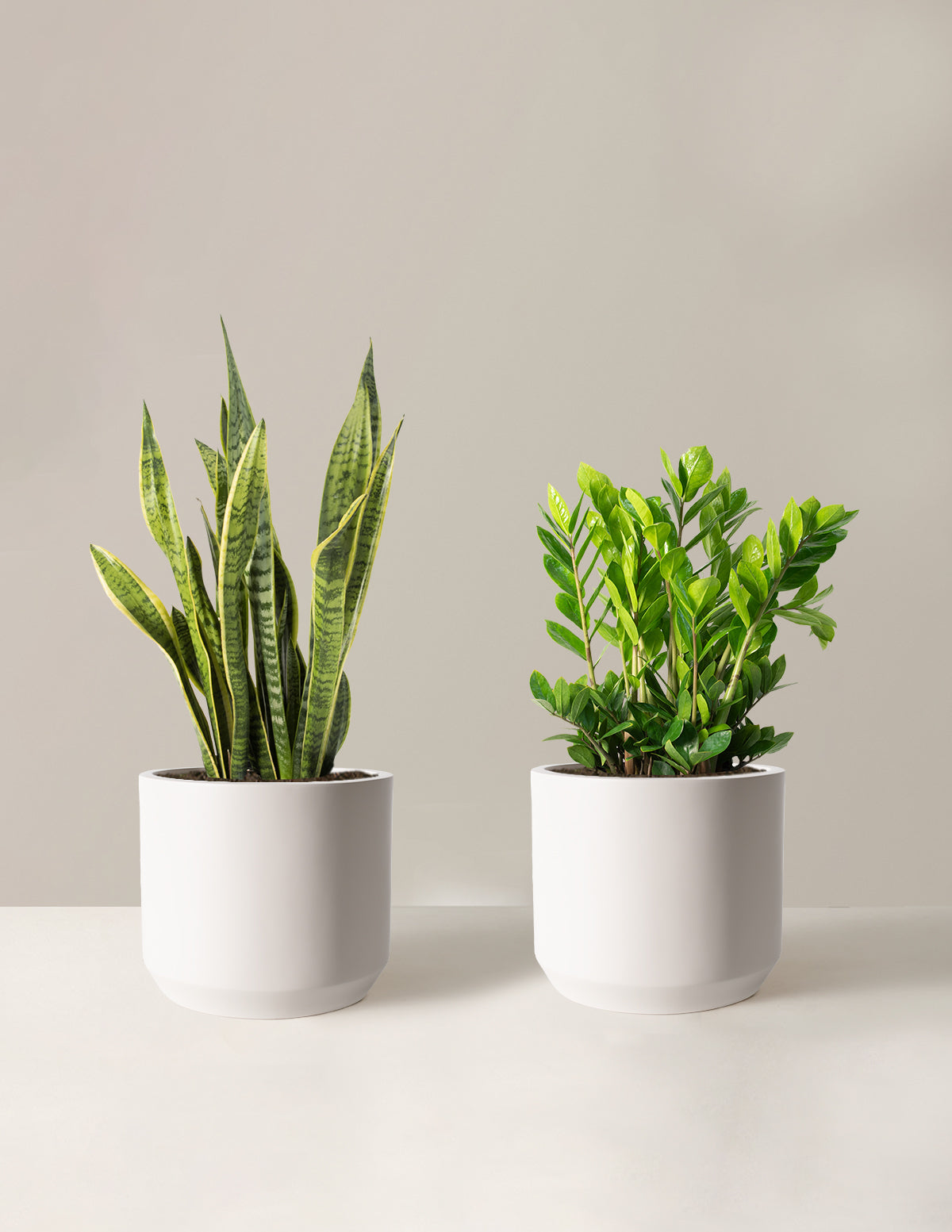Best Low-Light Indoor Plants That Add Greenery to Any Space with Little Light
Best Low-Light Indoor Plants That Add Greenery to Any Space with Little Light
Blog Article
Transform Your Home With Beautiful Low-Light Indoor Plants and Their Benefits
Integrating low-light interior plants into your home can dramatically boost both the visual and ecological top quality of your home. These plants, which flourish in dark problems, serve not only as ornamental elements but also as all-natural air cleansers, making them excellent for city occupants or those with restricted sunshine exposure. As we explore the numerous kinds of low-light plants and their advantages, you may find surprising means to incorporate them into your home that can transform your environments in methods you could not have anticipated.
Benefits of Low-Light Plants
Low-light plants provide many advantages for indoor environments, making them an outstanding choice for both amateur and experienced garden enthusiasts. One of the primary advantages is their versatility to low-light conditions, permitting individuals to improve their space without the demand for considerable sunlight direct exposure. This characteristic makes them perfect for apartments, workplaces, and other locations with limited all-natural light.

Additionally, including low-light plants right into home decoration can raise the visual allure of an area. Their lush foliage and varied structures produce a soothing environment, adding to general well-being. The visibility of plant has been linked to lowered stress and anxiety degrees and improved efficiency, making low-light plants a sensible selection for boosting both physical and mental health in interior setups.
Top Low-Light Indoor Plants
While numerous interior plants thrive in brilliant light, several types are specifically well-suited for low-light problems, making them ideal for numerous indoor rooms. One popular choice is the Serpent Plant (Sansevieria), recognized for its striking upright leaves and strength, requiring minimal care. An additional excellent option is the Pothos (Epipremnum aureum), which features heart-shaped fallen leaves and can route wonderfully from wall mounts or racks, thriving in low light and adding a rich touch.
The ZZ Plant (Zamioculcas zamiifolia) is commemorated for its shiny leaves and capability to hold up against neglect, making it ideal for hectic way of lives. In a similar way, the Peace Lily (Spathiphyllum) not only tolerates low light however likewise creates stunning white blooms, enhancing any space's aesthetic.
For an unique touch, consider the Cast Iron Plant (Aspidistra elatior), which undoubtedly meets its name, flourishing in the darkest corners of your home. The Chinese Evergreen (Aglaonema) supplies a selection of fallen leave patterns and colors while being exceptionally flexible in low-light problems. These plants not only beautify interior atmospheres but additionally add to air purification, enhancing your living room.
Care Tips for Low-Light Plants

Sprinkling practices are critical; these plants typically prefer somewhat dry problems. Overwatering can cause root rot, so ensure that the leading inch of dirt is dry prior to sprinkling again. browse around here Usage pots with water drainage holes to permit excess moisture to leave.
Moisture is another crucial variable. Numerous low-light plants, such as brushes and tranquility lilies, benefit from higher moisture degrees. To increase humidity, take into consideration misting the fallen leaves or putting a tray of water near the plants.
Fertilizing should be approached with care. Throughout the expanding season, use a weakened, well balanced fluid fertilizer each month to sustain growth, however stay clear of feeding throughout the dormant cold weather.

Creative Ways to Show Plants
Interior plants can work as exciting focal factors in any kind of area, enhancing both aesthetic appeal and ambiance. Creative displays can elevate the visual impact of low-light plants, making them an integral part of your home decor. One effective approach is to use tiered plant stands, which permit you to showcase several plants at differing elevations while making the most of floor area.
Hanging planters are one more ingenious alternative, producing a feeling of depth and drawing the eye upward. Consider macramé wall mounts or wall-mounted racks to present a distinct structure and style.
For an extra organized method, use geometric terrariums or glass containers to house your plants, including a modern-day touch to your indoor yard. You can additionally repurpose vintage items, such as teacups or wood dog crates, for an eclectic display that mirrors you can check here your character.
Enhancing Home Ambiance With Plants
Incorporating low-light plants into your home not just improves visual allure however also adds dramatically to the general ambiance. These plants offer as natural decor components, introducing a feeling of harmony that can transform any kind of room. The visibility of greenery cultivates a relaxing atmosphere, which is specifically helpful in high-stress environments such as office or living rooms.
Low-light plants, such as serpent plants, pothos, and ZZ plants, are not just cosmetically pleasing however additionally enhance indoor air top quality by filtering system contaminants. This double function boosts the atmosphere even more, producing a healthier living space (Best low-light indoor plants). The strategic positioning of these plants can also influence the assumption of space; for example, high plants can draw the eye up, making ceilings show up higher and spaces a lot more spacious
Furthermore, differing textures and colors of vegetation add depth to interior decoration, enabling imaginative expression in home styling. Whether positioned on racks, in edges, or as centerpieces, low-light plants can raise the state of mind of any type of space. In summary, integrating these plants right into your home is an effective way to foster a cozy, inviting environment while reaping the benefits of enhanced air quality and aesthetic adaptability.
Conclusion
Incorporating low-light interior plants into home environments supplies many benefits, including boosted aesthetic appeal and boosted air high quality. These resilient plants, such as the Serpent Plant and Peace Lily, require marginal light and maintenance, making them ideal for diverse way of lives.
While several interior plants thrive in intense light, a number of varieties are especially well-suited for low-light problems, making them optimal for various interior spaces. One reliable method is to make use of tiered plant stands, which allow you to display multiple plants at differing heights while taking full advantage of flooring space.
Low-light plants, such as serpent plants, pothos, and ZZ plants, are not only visually pleasing but likewise boost interior air quality by filtering system pollutants. Best low-light indoor plants. The calculated positioning of these plants can also influence the assumption of space; for instance, high plants can attract the eye upward, making ceilings show up greater and rooms much more sizable
These resilient plants, such as the Snake Plant and Tranquility Lily, call for minimal light and maintenance, making them appropriate for varied lifestyles.
Report this page